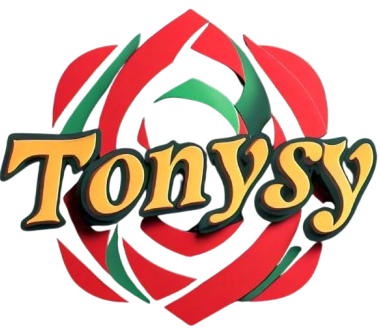Moroccan rugs, renowned for their intricate designs and rich history, have captivated art lovers and interior designers alike for centuries. These rugs, hailing from the diverse regions of Morocco, are not only functional pieces of art but also a testament to the country’s rich cultural heritage. From the Atlas Mountains to the bustling markets of Marrakech, each rug tells a unique story through its patterns, colors, and craftsmanship.
History and Origins
The tradition of rug-making in Morocco dates back to the Paleolithic era, with influences from Berber, Arab, and Moorish cultures. The Berbers, indigenous people of North Africa, have been weaving rugs for centuries. Their techniques and designs have been passed down through generations, making Berber rugs some of the most sought-after Moroccan textiles. Originally, these rugs were created for practical purposes, providing warmth and comfort in the harsh climates of the Atlas Mountains and the Sahara Desert.
Types of Moroccan Rugs
Moroccan rugs are diverse, with each region and tribe producing distinct styles. The most famous types include:
- Beni Ourain Rugs: These rugs, made by the Beni Ourain tribes of the Atlas Mountains, are characterized by their plush, thick pile and simplistic geometric designs, often in black and white. They are highly valued for their minimalist aesthetic and luxurious texture.
- Boucherouite Rugs: Created from recycled scraps of fabric and yarn, Boucherouite rugs are vibrant and colorful. They reflect the resourcefulness and creativity of Moroccan artisans, making them unique and eco-friendly.
- Azilal Rugs: Originating from the Azilal province in the High Atlas Mountains, these rugs feature bold, abstract patterns and bright colors. They often incorporate symbols and motifs that hold cultural and spiritual significance.
- Kilims: Unlike pile rugs, Kilims are moroccan rugs flat-woven and are known for their intricate patterns and durability. They are often used as wall hangings, table coverings, or floor rugs.
Craftsmanship and Techniques
The art of rug-making in Morocco is a labor-intensive process that involves several stages. The wool, often sourced from local sheep, is first sheared, cleaned, and spun into yarn. The yarn is then dyed using natural dyes derived from plants, minerals, and insects. This traditional dyeing process ensures that the colors are vibrant and long-lasting.
The weaving itself is done on a vertical loom, with artisans meticulously knotting each thread by hand. The design is usually created from memory or passed down patterns, with each knot contributing to the rug’s overall texture and appearance. Depending on the complexity of the design, it can take several months to complete a single rug.
Cultural Significance
Moroccan rugs are more than just decorative pieces; they are imbued with cultural and symbolic meaning. The patterns and motifs often represent aspects of daily life, nature, and spirituality. For instance, the diamond shape, commonly found in Berber rugs, is believed to ward off evil spirits. Similarly, the use of certain colors can symbolize fertility, protection, or prosperity.
Rug-making is also a communal activity in many Moroccan villages, with women gathering to weave and share stories. This communal aspect highlights the importance of rugs in Moroccan social and cultural life.
Contemporary Appeal
In recent years, Moroccan rugs have gained immense popularity in the global market. Their timeless designs and high-quality craftsmanship make them a favorite among interior designers looking to add a touch of authenticity and warmth to modern homes. The versatility of Moroccan rugs allows them to complement various décor styles, from bohemian and eclectic to minimalist and contemporary.
